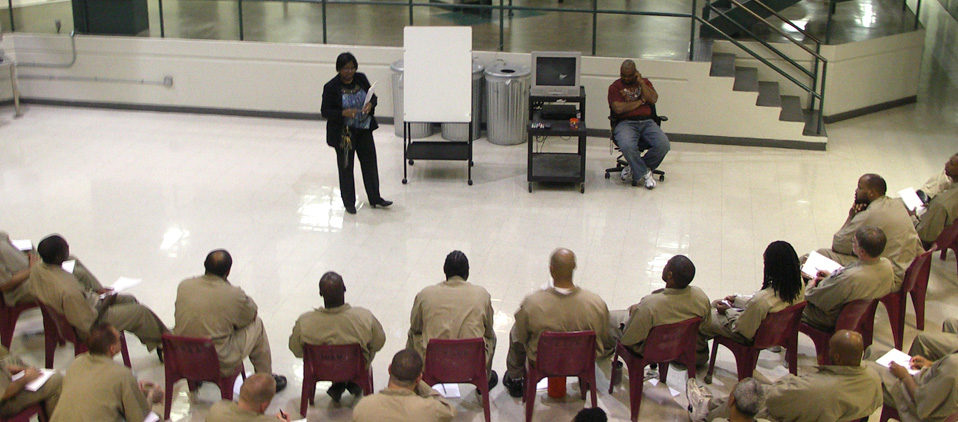A person serving a sentence in federal prison can get an interview to join the Residential Drug Abuse Program (RDAP) program by making a request to RDAP staff. The RDAP program coordinator, referred to as the Drug Abuse Program Coordinator (DAPC), generally conducts all interviews.
The DAPC determines a person’s qualifications based on several different factors:
- Does the presentence investigation report flag the issue of substance abuse within 12 months prior to the most recent arrest?
- If the presentence investigation report is silent, is there other evidence to support a substance abuse disorder prior to the most recent arrest?
- Does the person have sufficient language skills to participate? (For example, some facilities offer RDAP in Spanish for people who cannot complete the program in English.)
- How much time does the person have left to serve on their sentence?
- What happened during the clinical interview?
When the presentence investigation report does not include verification of substance abuse, a person can supply qualifying information such as documentation of prior rehabilitation efforts. A letter from a person’s medical doctor, drug abuse treatment provider or mental health professional is helpful.
Also helpful could be letters from a probation officer, a social worker or a judge. The RDAP coordinator evaluates the validity of such letters to weed out people who do not truly need treatment. The presentence investigation report tends to be the most reliable and straightforward source for BOP verification.
A DUI or DWI before the most recent arrest may also help verify that a person has a substance abuse problem. In some cases, people can get verified when a physical examination at their facility’s Health Services documents proof of track marks related to prior substance abuse.

How does the RDAP coordinator determine the need for substance abuse treatment?
Generally, a person must have a substance abuse disorder diagnosis to qualify for treatment unless they are clinically in remission. A disorder is much more than recreational drug or alcohol use.
The BOP uses the Diagnostic and Statistical Manual of the Mental Disorders, Fourth Edition (DSM-IV), to define substance abuse disorder or dependence.
Dependence requires a history of substance use that includes
- substance abuse,
- continued use despite related problems,
- increased drug tolerance where more of the drug is needed to achieve the same effects and
- experience with withdrawal symptoms.
Abuse refers to a pattern of substance use leading to significant impairment in functioning, such as failing to fulfill work, school or home obligations, driving under the influence, interpersonal issues and other similar problems.
The RDAP coordinator at each facility must confirm that a person has a verified substance abuse disorder requiring treatment. They also confirm that the person wants treatment while in prison. Some people decline RDAP participation for various reasons.

The RDAP clinical interview is critical to entering the program.
To join RDAP, a person must complete a clinical interview with the DAPC. At their sole discretion, they decide who is eligible to participate in the RDAP program. Before the clinical interview, the program coordinator reviews all the documentary evidence in a person’s file relating to the history of substance abuse.
People should prepare to answer specific questions about their substance abuse history. The coordinator is looking for, among other things, consistency between the documentation and the person’s related experiences during the interview.
The coordinator’s discretion in confirming a diagnosis is subject to administrative review. A person denied RDAP participation could appeal the coordinator’s decision using the BOP’s administrative review process.
The Takeaway:
To join RDAP, someone interviews with DAPC. The DAPC considers several different factors when deciding if someone qualifies for RDAP. In most cases, you need a substance abuse disorder diagnosis and a documented history of substance abuse to qualify.






